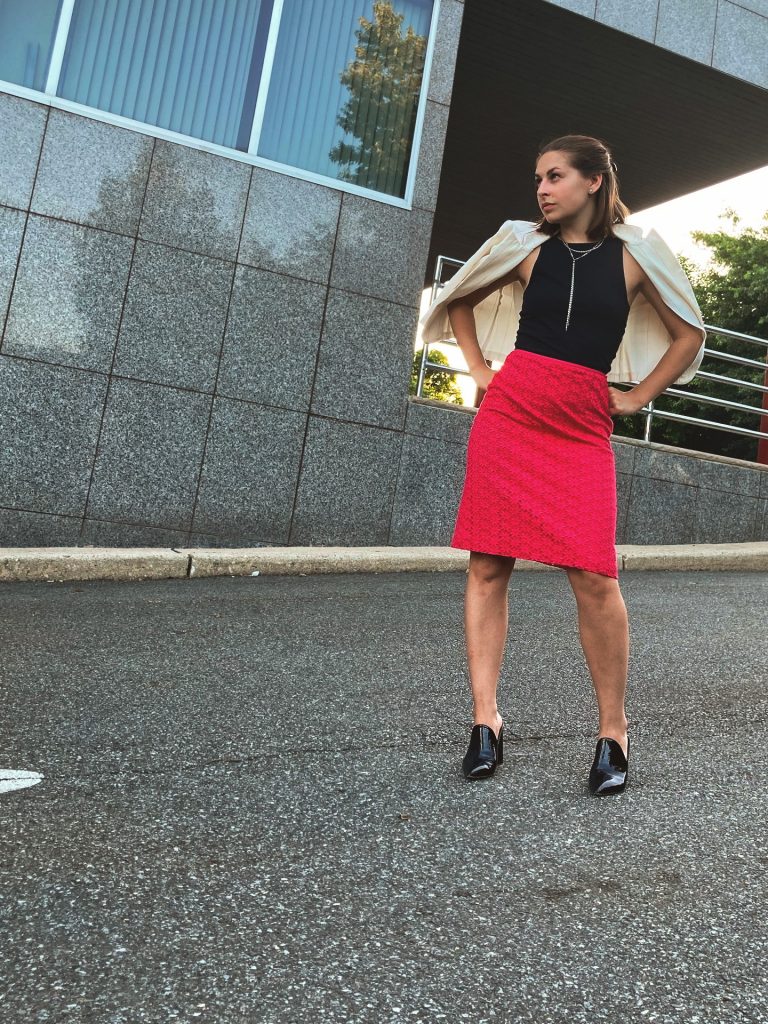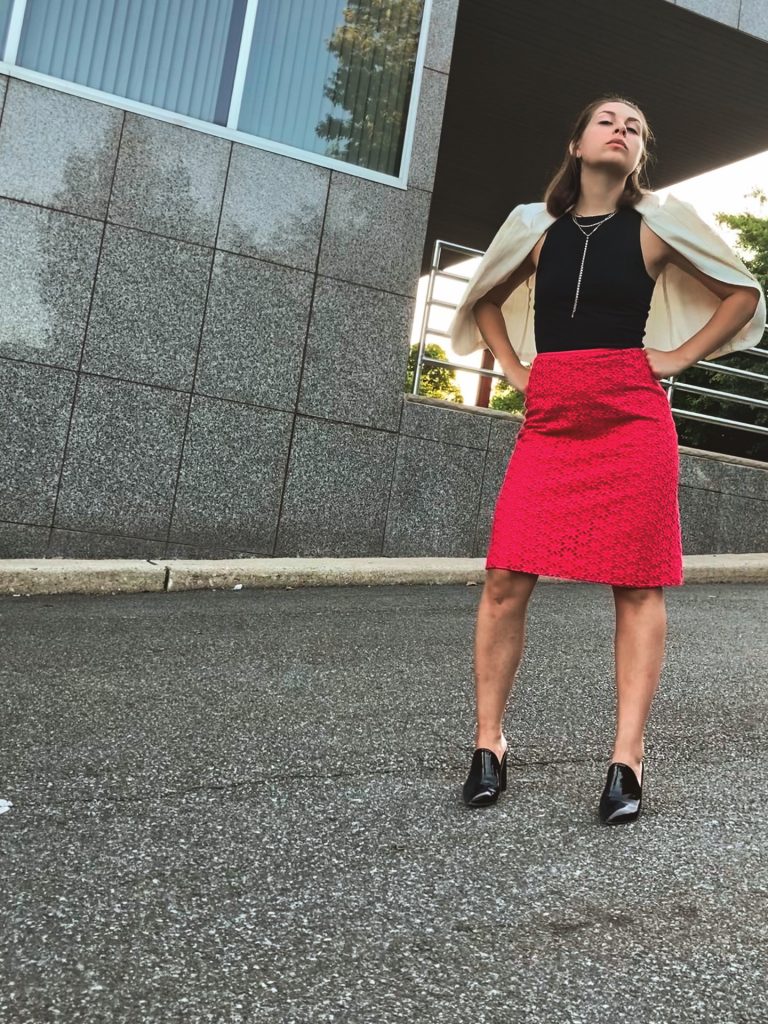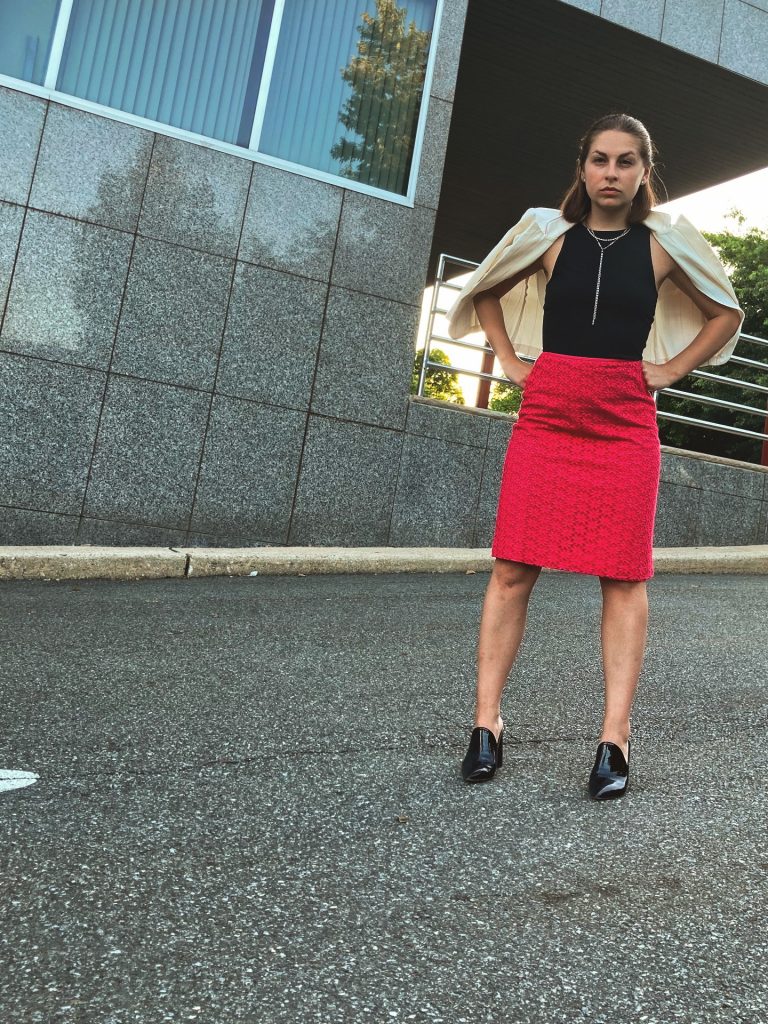In a lot of my posts, I have mentioned the importance of utilizing all of the pieces you have in your closet. For sustainability and also affordability, staying true to this concept is key. As a business major in college, suits and business casual clothing were required for presentations to prepare each student for the working world. Working in the fashion industry post-college, my wardrobe was skewing too professional for me to fit in. Even from company to company, within the same industry, the dress code changes. How do we make sure we can still have cute work outfits and be appropriate for work?

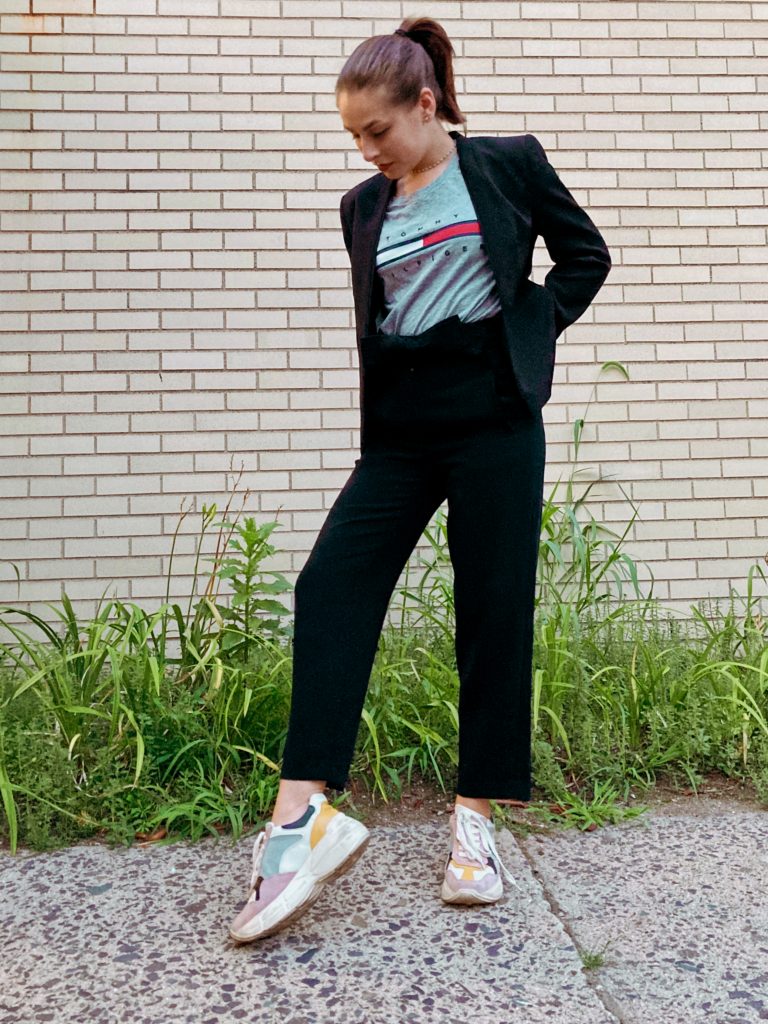
The short answer is that it is not always possible. If you are going from a casual company to a business professional one, your casual clothes can only be worn outside of work. You cannot wear less professional clothing to work than required, but you can wear more professional clothing. If you are like me and have nice black pants or suits, you can style these to wear to a casual office. Wearing a t-shirt and sneakers instead of a blouse and heels instantly makes your suits more casual. Find the right times to wear your more professional or dressed up looks.
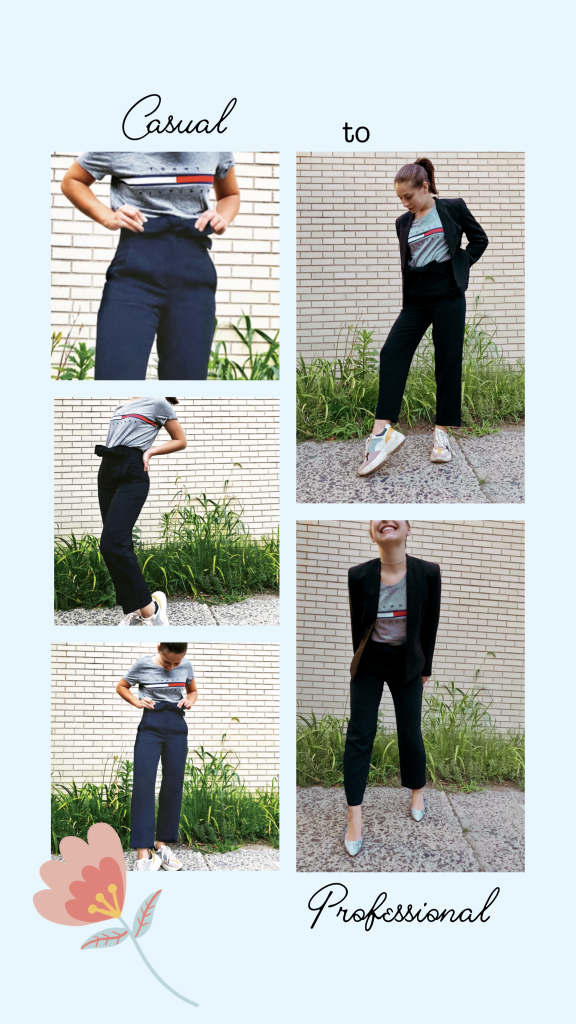
For starters, dress more professionally than you think you need to for the first year. You are at work to build a reputation and a career. Unfortunately, people are often judged off first appearances. Even if bike shorts and leggings are commonplace at work, you do not want your reputation to follow as being unprofessional or lazy.
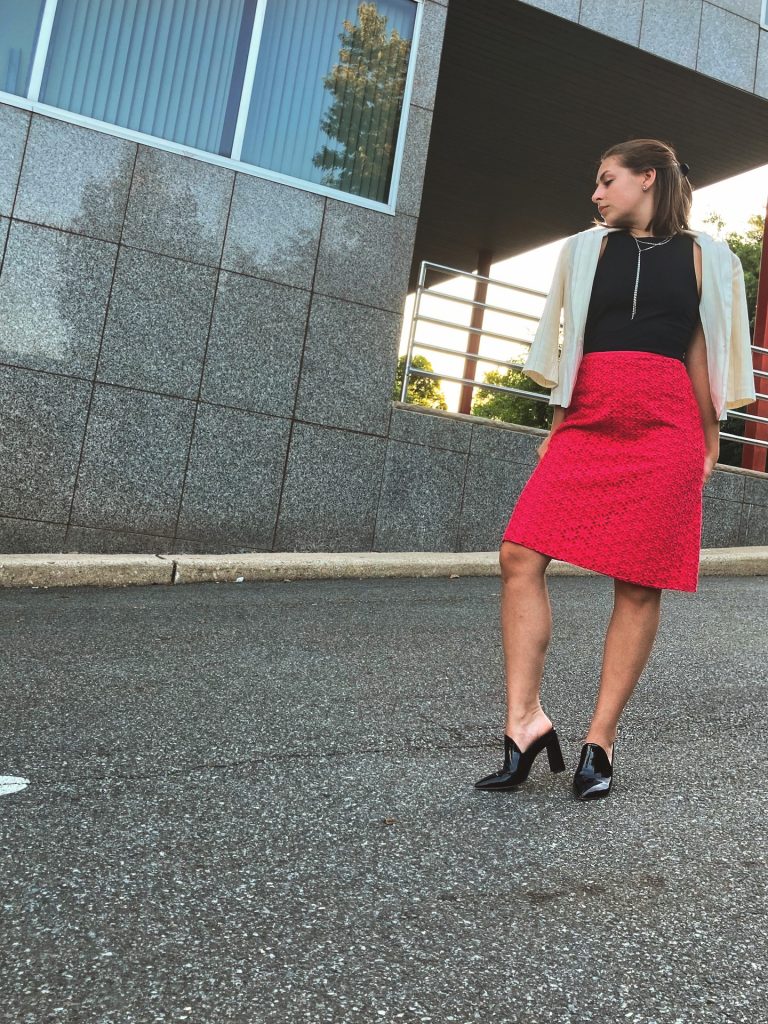
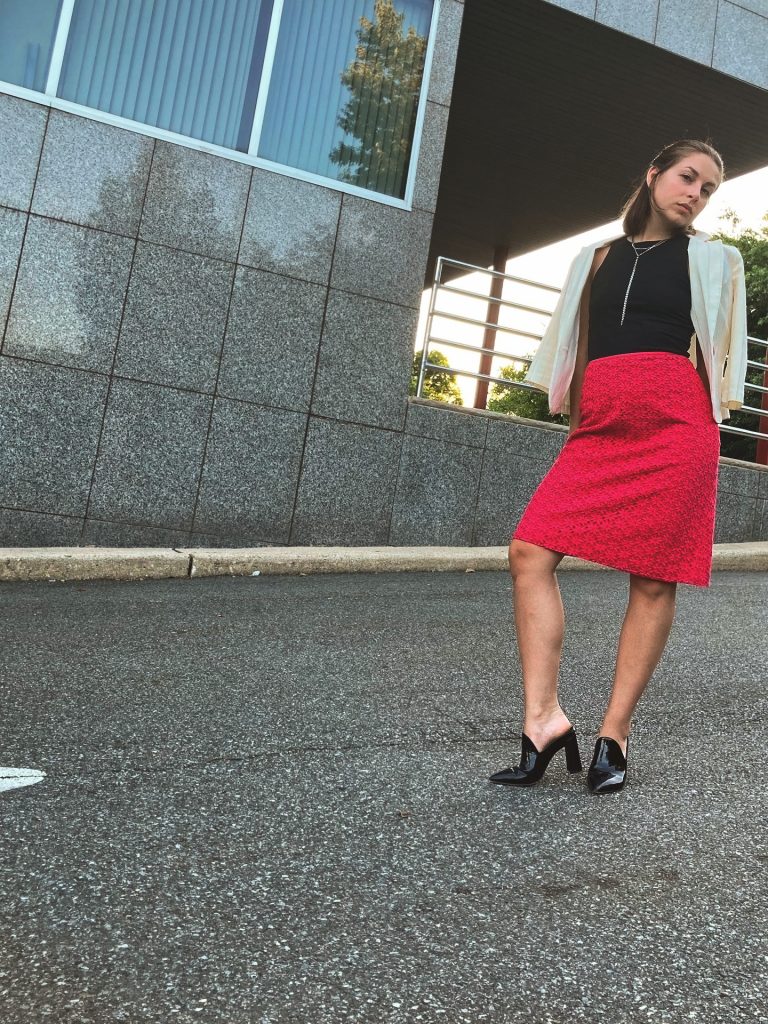
Dress for the position you want, not the position you have.
Find Your Work Role Models
When starting a new job, my first step is to find my work role models. Who do I want to become in 5 years? In 20 years? Then, I try to observe how they work and what they wear to raise my standards to meet theirs.
One concept I have found in all of my work role models: always dress up for meetings. I do not mean that if you wear jeans every day you should start wearing suits for meetings, but definitely put a little more effort in. Meetings are when most people see you and hear your voice. When you dress up, you look more prepared. If you aren’t sure what to wear, I would start with these basic tips and work your way to building an outfit.

Starting with Shoes
Let’s begin with your shoe choice. Going back to first impressions, you want to walk in with confidence. Wear shoes you can walk in. I work with a lot of women who keep “meeting” shoes under their desks. For a lot of women, the safest bet is to wear flats. Personally, my feet always hurt in flats and I love heels, so that is what I choose. I have been wearing heels since I was 8 because my family is on the shorter side. Needless to say, I can walk comfortably in heels. If you are not the most comfortable in stilettos, but hate flats like me, try kitten heels. They look more elevated but are still easy to walk in.
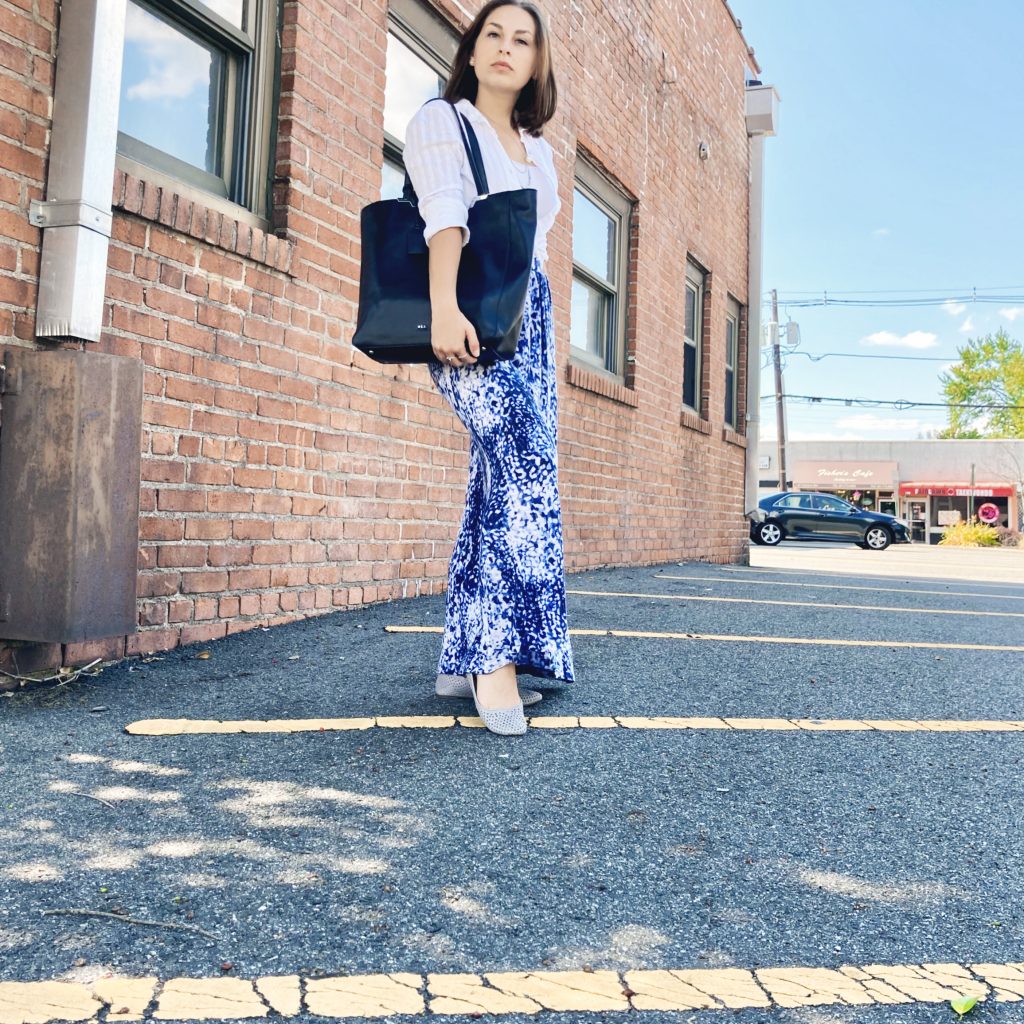

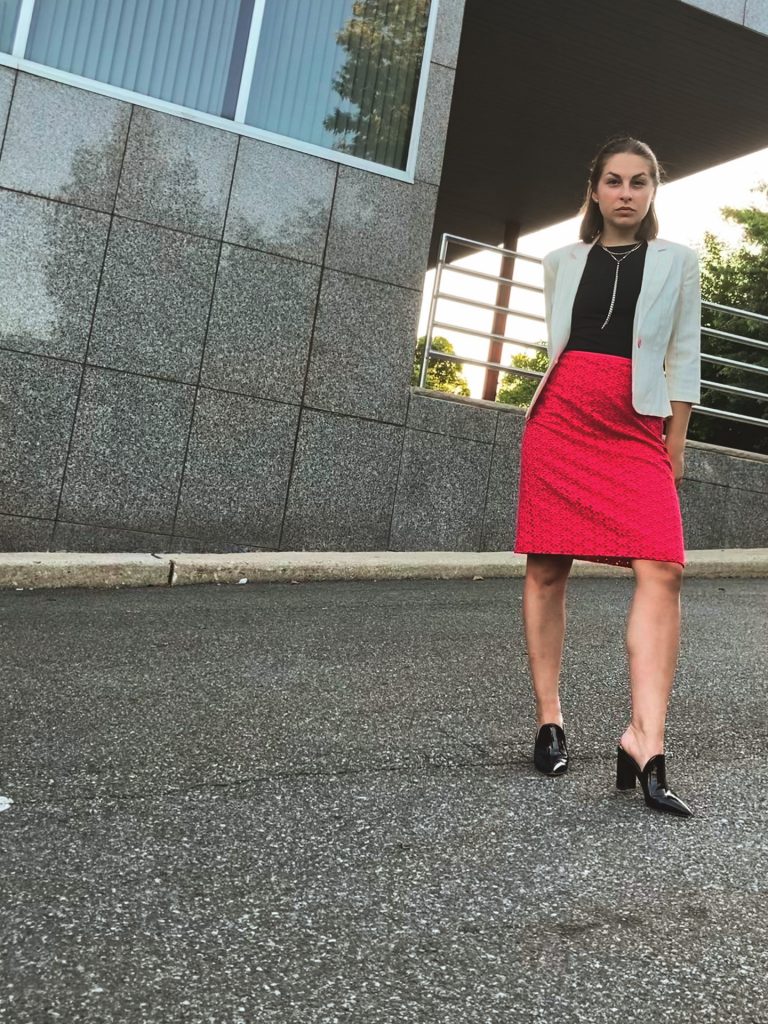
After your shoes are picked out, find an outfit that can easily have layers. An outfit with layers will provide two wins for you. The first is they will keep you warm. Conference rooms are rarely the same temperature two meetings in a row. There is nothing worse than being cold during a meeting. I find it is harder to concentrate because I start daydreaming of blankets and hot cocoa. The second is that creating a layered outfit takes more effort. Generally speaking, layered looks appear more dressed up.
I have a couple of go-to-meeting looks for when I do not have the time or energy to create something new. Some days my first try is successful. I carefully think of how I want everything I put on my body to be styled. Other days I try on 12 outfits and hate every one of them. There is no shame in creating outfits ahead of time and taking pictures on your phone so you are always prepared.
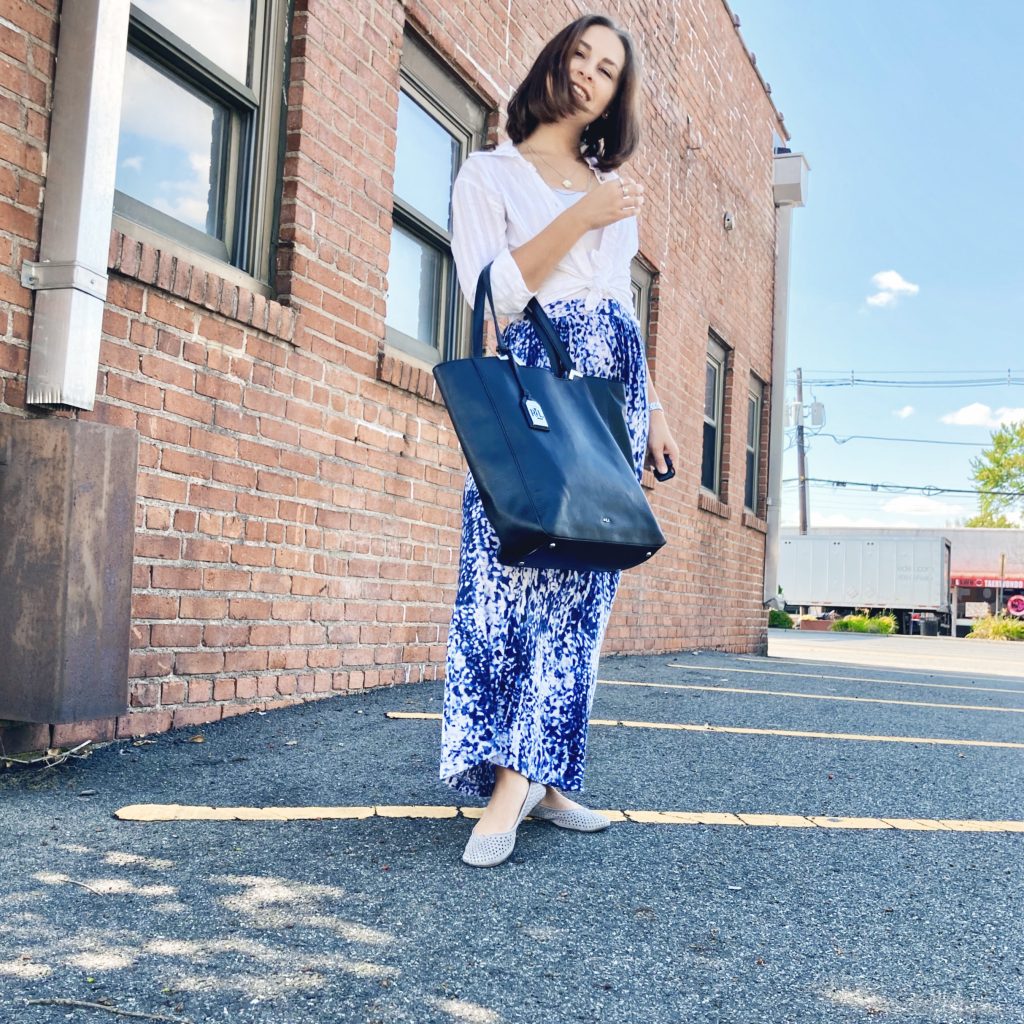
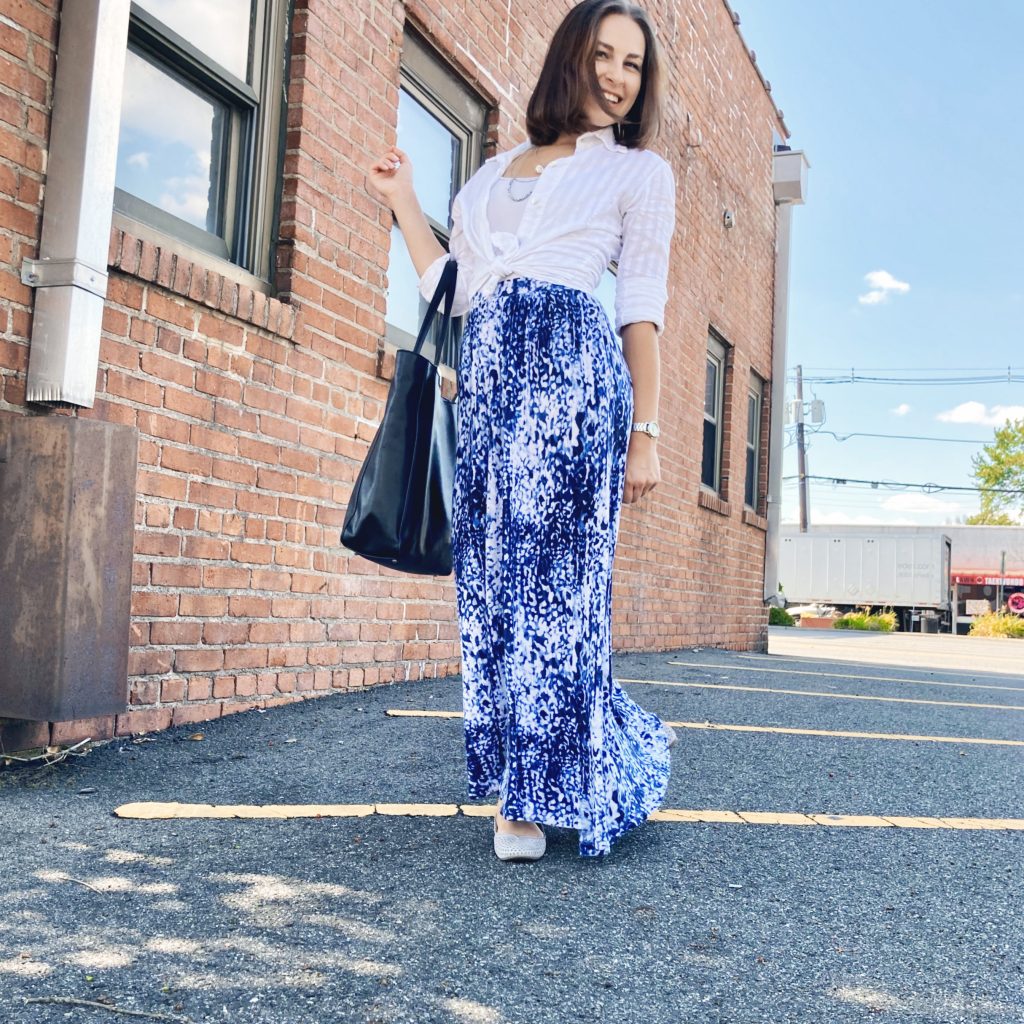
Time for Accessories
With your outfit and shoes ready, the next steps go hand in hand. Pick simple jewelry and natural makeup. Consider wearing your hair out of your face. What I mean by this is do not give your audience a reason to be distracted by how you look so they can focus on what you are saying. If you have cool earrings or red lipstick, the audience could start thinking of their own lipstick choices or where they can get similar earrings. I say this from experience because I have found myself daydreaming about my own appearance during important meetings. I have also found myself incredibly irritated by a presenter who was constantly touching their hair.
Most people in the workplace have spoken publicly or in meetings before. They know their presentation skills and nervous habits. Some habits will take years to conquer. Others may go away easier if you start to notice them. If you know you touch your hair when you are nervous, pick a ponytail. If you know you say “um” a lot, take a deep breath every time you need a moment. Your words are important and how you present them will dictate how the audience receives them. The goal is to have them agreeing with you and feeling confident you can get the job done.
Outside of preparing and practicing, one way I help myself gain my confidence before a meeting is to do a “power stance”.
Challenge
Let’s do one now. Stand up shoulder-width apart. Put your hands in fists. Put those fists on your hips. Look up to the sky like superman. Stand like this for at least one minute. You will conquer the day. You will conquer the task. You can do this.
